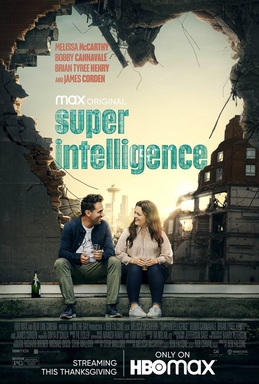


"The FVAEs were able to learn concepts such as smiling and laughing on their own," Zhiwei Deng, a Ph.D.

The FVAEs go on to then recognize many facial expressions from movie viewers on their own, like smiles and laughter, and can make connections between different viewers to see if a particular movie is getting a wanted reaction at the right place and time. Called "factorized variational autoencoders," or FVAEs, the researchers said the technology works so well that after observing an audience member's face for just 10 minutes, it can predict how the person will react to the rest of the movie. Speaking at the IEEE Computer Visio and Pattern Recognition (CVPR) conference last week, the media company detailed its new AI project between Disney Research, Disney's science and tech arm, and Caltech, short for The California Institute of Technology. As one of the biggest media conglomerates in the world, Disney is looking to better understand its moviegoing audience so that its upcoming movie line-up can continue to be moneymakers and crowd pleasers.ĭisney hopes to do this through artificial intelligence (AI) and facial recognition technology, using deep learning techniques to track the facial expressions of an audience watching a movie in order to gauge any emotional reaction to it. DIS is known for its box office hits: Beauty and the Beast, Rogue One: A Star Wars Story, and Captain America: Civil War, just to name a few.


 0 kommentar(er)
0 kommentar(er)
